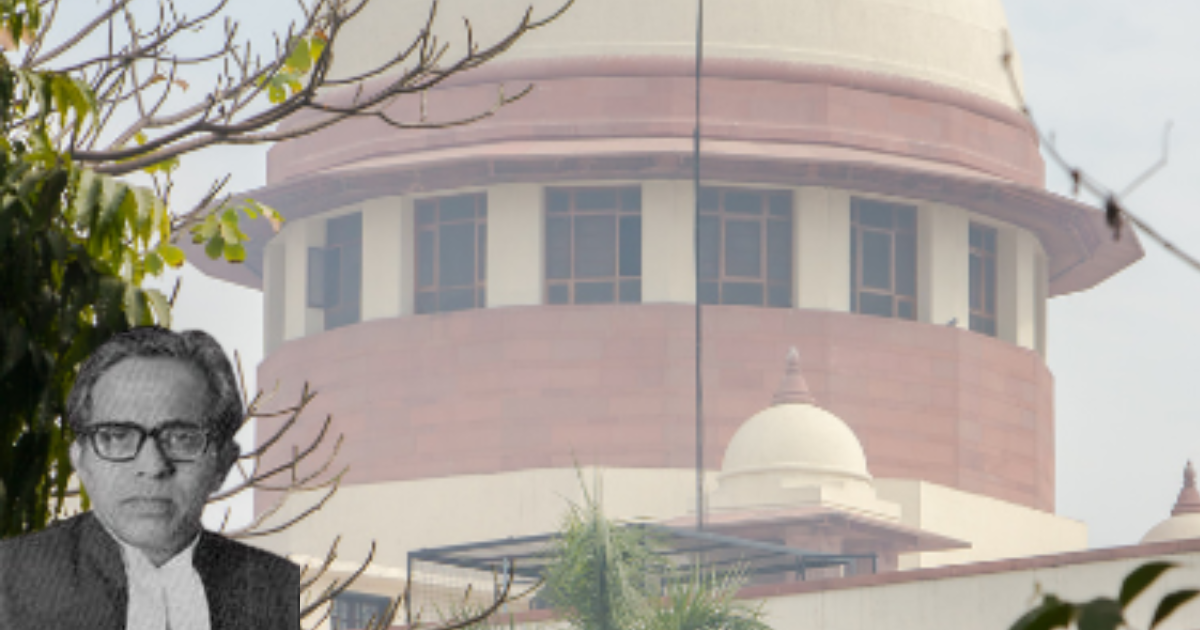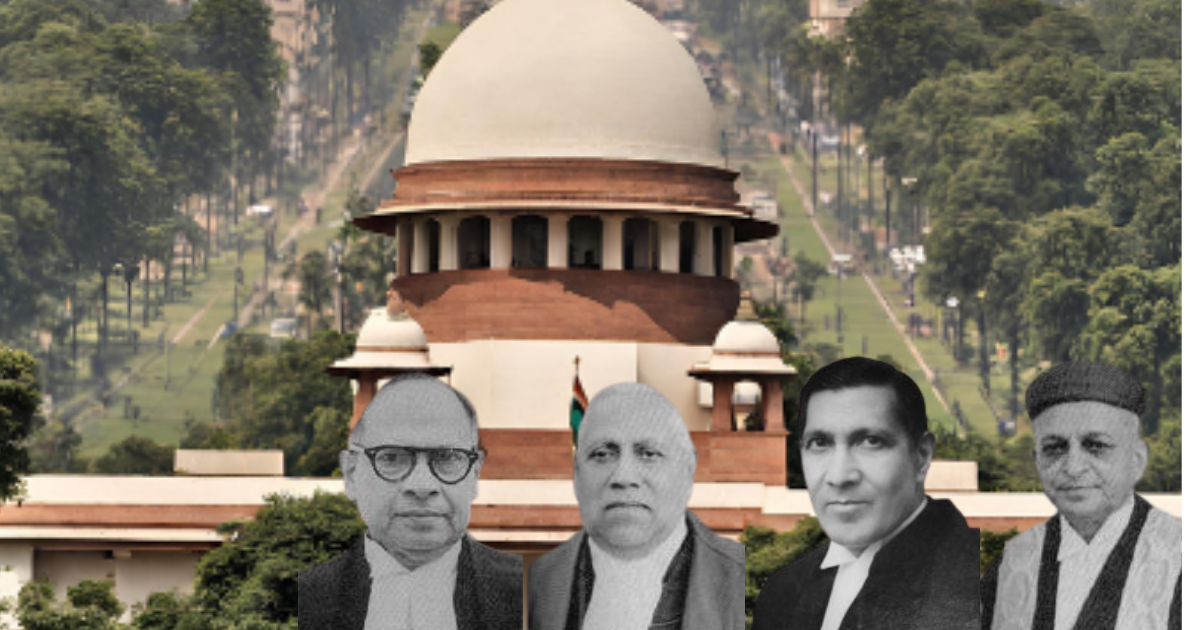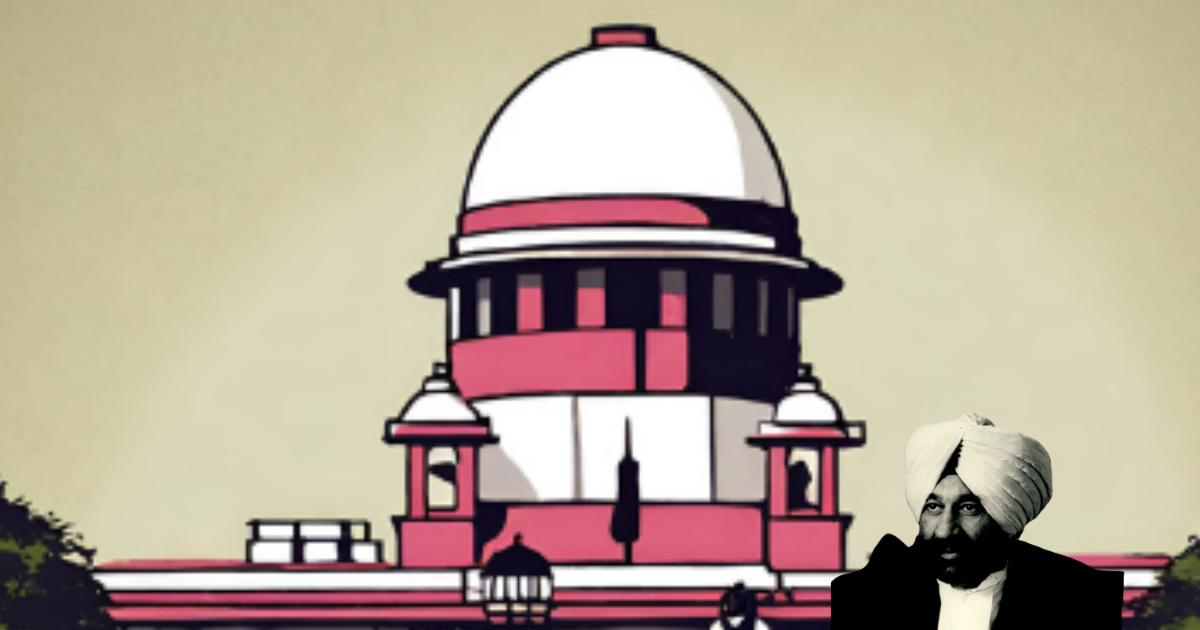In the legal voyage of Deepika Singh v. Central Administrative Tribunal, a complex tapestry of administrative law unfolds, woven with the threads of service matters, jurisdictional nuances, and the quest for justice. The protagonist, Deepika Singh, embarks on a legal expedition seeking redressal before the Supreme Court, challenging the decisions of the Central Administrative Tribunal (CAT) that had traversed through the intricate channels of administrative adjudication.
The narrative begins with Deepika Singh, a dedicated government servant, finding herself entangled in a web of administrative actions that left her aggrieved. Dissatisfied with the decisions of the CAT, she mounts a constitutional challenge before the Supreme Court, questioning the legality and correctness of the tribunal’s findings.
Deepika’s legal arguments, presented before the Supreme Court, revolve around the principles of natural justice, procedural fairness, and the scope of the CAT’s jurisdiction. The crux of the matter lies in the interpretation of the Administrative Tribunals Act and the extent of the CAT’s authority in adjudicating service-related disputes.
The legal analysis in Deepika Singh’s case embarks on a journey through the labyrinth of administrative law principles. The Supreme Court, led by Chief Justice XYZ and a bench of distinguished justices, grapples with the delicate balance between administrative efficiency and the protection of individual rights within the bureaucratic machinery.
In a nuanced judgment, the Court engages in a comprehensive review of the CAT’s decisions, scrutinizing the procedural fairness and adherence to natural justice principles. The judgment draws inspiration from precedents such as S.L. Kapoor v. Jagmohan (1980 AIR 258), emphasizing the importance of fair procedures in administrative actions that affect the rights of individuals.
The Court, in its wisdom, delineates the contours of the CAT’s jurisdiction, emphasizing the need for the tribunal to operate within the bounds set by the Administrative Tribunals Act. The judgment, while recognizing the expertise of administrative tribunals, underscores the constitutional imperative of ensuring justice and fairness in their adjudicatory processes.
Deepika Singh’s case also becomes a prism through which the Court refracts its lens on the broader canvas of administrative law doctrines. The judgment delves into principles of reasonableness, proportionality, and the duty of administrative bodies to act fairly, echoing the sentiments expressed in Maneka Gandhi v. Union of India (1978 AIR 597).
The aftermath of the judgment has a ripple effect on the administrative law landscape. It prompts a reevaluation of administrative tribunal procedures, emphasizing the need for transparency, fairness, and adherence to natural justice principles. The legal community engages in a discourse on the delicate balance between efficiency and justice within administrative frameworks.
The facts of the present case, too, indicate that the structure of the appellant‟s family changed when she took on a parental role with respect to her spouse‟s biological children from his previous marriage. When the appellant applied to PGIMER for maternity leave, PGIMER was faced with facts that the law may not have envisaged or adequately accounted for. When courts are confronted with such situations, they would do well to attempt to give effect to the purpose of the law in question rather than to prevent its application.
For the above reasons, we hold that the appellant was entitled to the grant of maternity leave. The communication of the third respondent denying her the entitlement was contrary to the provisions of Rule 43. We accordingly set aside the impugned judgment of the High Court dated 16 March 2021 and the judgment of the CAT dated 29 January 2021. The OA filed by the appellant shall in consequence stand allowed and the appellant shall be granted maternity leave under Rule 43 in terms of the present judgment. The benefits which are admissible to the appellant shall be released to her within a period of two months from the date of this order.
The appeal is accordingly allowed.
Pending applications, if any, stand disposed of.
Case Number: Civil Appeal No 5308 of 2022
Case Title: Deepika Singh Vs. Central Administrative Tribunal and Others



